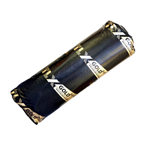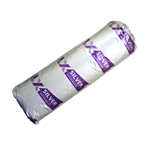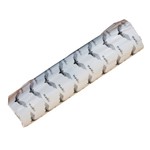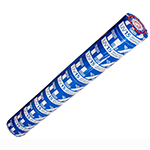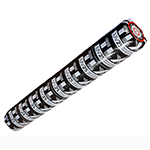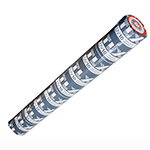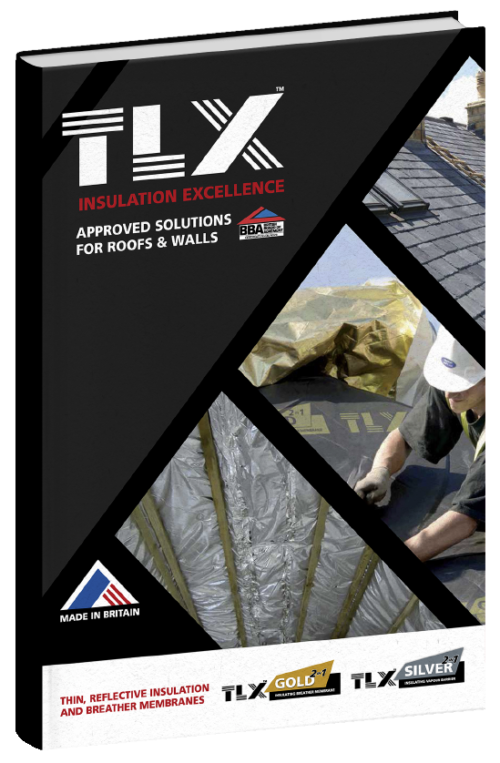How to stop condensation in your loft space
3 Minute read
Condensation risk and ever decreasing U-values
Once you introduce insulation, condensation risk increases. In the drive to achieve the low U values required by current Building Regs, it is all too easy to overlook that fact. Even though the nation’s houses may now be losing less energy through the roof, we could be storing up problems of long-term structural damage if condensation risk is not considered along with insulation.
Condensation occurs when the air cannot hold any more moisture, and droplets of water begin to form on surfaces. Warm air can hold more moisture than cold air. If the temperature of moisture-laden air suddenly drops, or if too much moisture is entering a cold space, then condensation will occur.
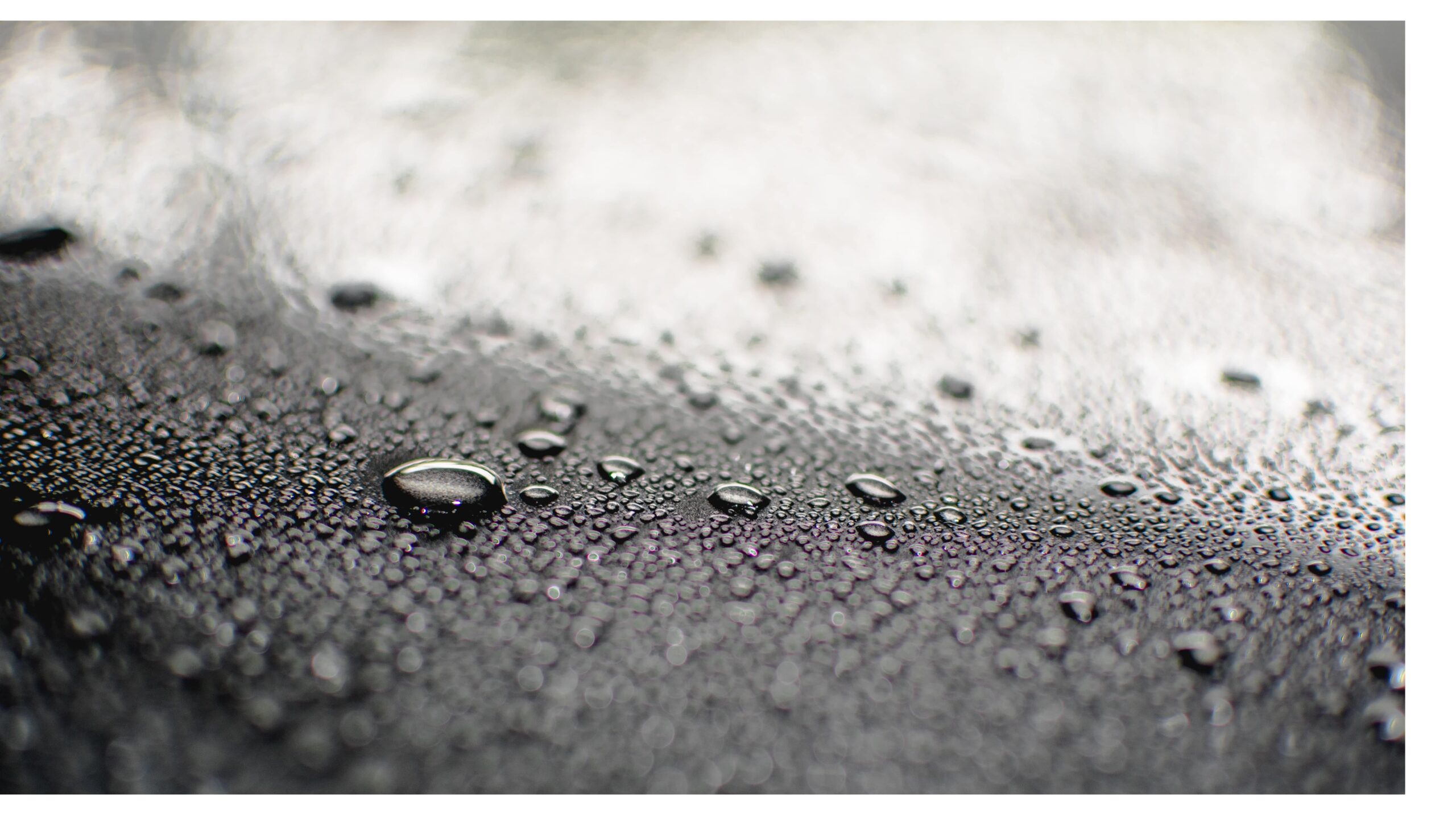 A cold ventilated loft has always been tradition…
A cold ventilated loft has always been tradition…
The traditional way of building a house was to have a cold ventilated loft. Cold because it is not heated and ventilated because either there is ventilation at the eaves and possibly the ridge. Or sometimes via draughts coming through the tiles if there is no underlay. Nowadays the recommendation is to insulate the floor of the loft with 270mm of loft roll to prevent heat loss from the rooms below. But this means that the loft is much colder than when uninsulated, and so the condensation risk increases. You may need to increase the cross-ventilation by introducing soffit vents. Or at least ensuring that the loft roll is not blocking up the ventilation at the eaves. If loft condensation continues to be a problem, then you may need a ridge vent or even tile vents.
So if there is a breather membrane?
If you use a breather membrane certified for use in an unventilated loft as the roofing underlay then ventilation may not be necessary. Though this might well depend on whether there is a vapour barrier underneath the joists, plus factors such as the local climate, the depth of loft roll present and how much moisture is entering the loft. Any gaps around the penetrations, e.g. pipework, can let through moisture-laden warm air. Plus, seemingly obvious precautions such as having a badly-fitting lid on the cold-water tank are sometimes the culprits where condensation has been a problem. But if there is still condensation with a breather membrane, then introducing ventilation would be the only answer.
Insulation at rafter-level as well?
If there is insulation in the loft floor, then it’s sensible to also have insulation at rafter level, as recommended by some DIY websites? If even a breather membrane used as roof covering can result in condensation in an unventilated loft, then anything that breathes less – even the fully breathable TLX Gold – would be even more likely to cause it. Certainly materials such as polystyrene, or silver vapour barrier multifoils would cause it, as any moisture has no way to escape.
But not if the space is ventilated…
By ventilating the loft enough to prevent condensation, you will introduce cold outside air. So having insulation above this is somewhat pointless. It’s a bit like standing under an insulated gazebo on a windy day. Even if a fully breathable reflective insulation such as TLX Gold is used any benefit is uncertain, and this is not a recommended way of using it.
Even for a cold loft that is not in use, there are factors to consider. And we shall cover the answers to “But I want to board the roof for storage” and “I want to use the loft as a room but don’t want to do a loft conversion” in another blog.
12-15 litres of moisture enter the loft space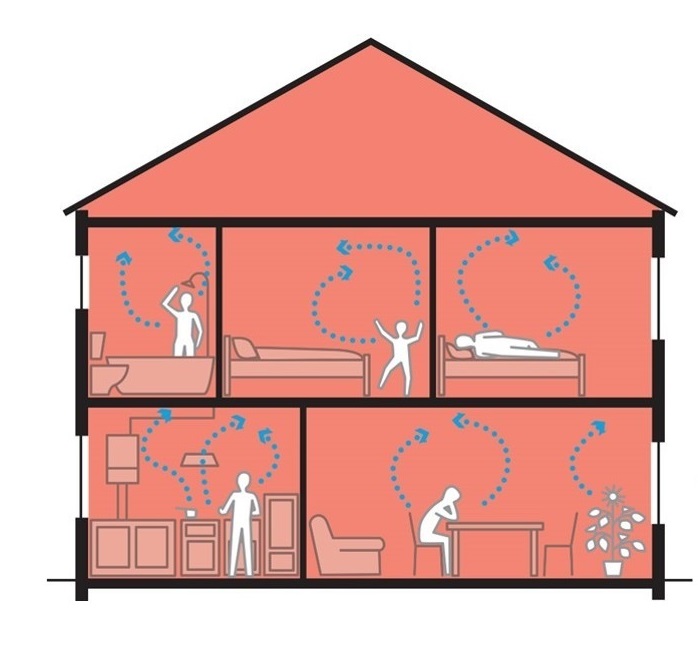
Approximately 12-15 litres of moisture per day enter a loft space from below. The loft requires ventilating to sweep this moisture away. Or else relies on the combination of an effective vapour control layer underneath the ceiling, plus a breather membrane to facilitate water vapour leaving.
Insufficient ventilation will cause condensation

With insulation fitted on the floor of the loft, the temperature is much colder, and if there is insufficient ventilation condensation will result.
Sample Pack Request
Error: Contact form not found.

